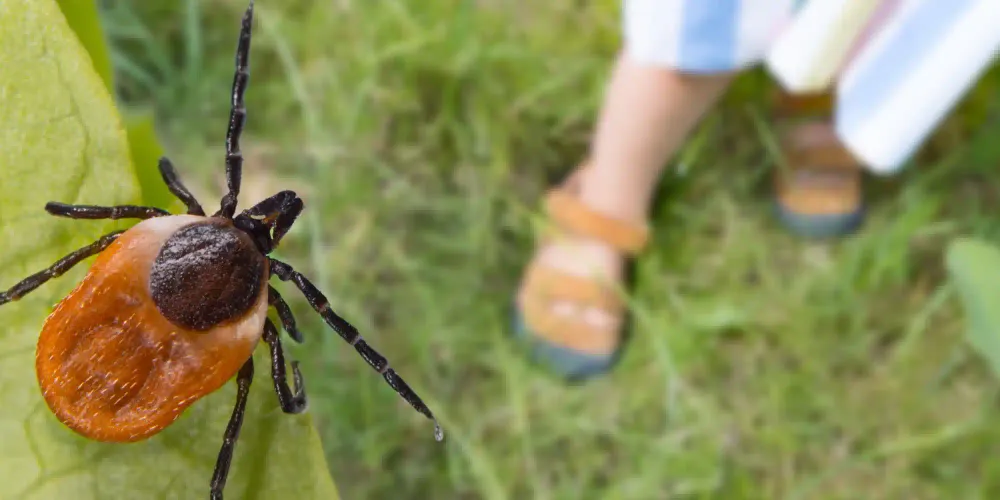Issue 83 • Week of August 20, 2023 / Updated February 7, 2024
America declared victory over locally transmitted malaria back in 1951. However, outbreaks kept recurring until 2003 when we were finally able to enjoy a brief respite. Now, malaria has returned to Florida and Texas for the first time in 20 years as well as Maryland for the first time in 40 years. Our individual risks may currently be low, but assertions there will never be cause for concern is a myth that has already endangered patients who were misdiagnosed.
The dreaded disease is carried by the Anopheles mosquito that infected nearly 250 million victims and claimed over 600,000 lives worldwide in 2021. That tragedy is actually a reason to be optimistic, though, since fatalities are down from almost one million in 2004. Malaria has the dubious distinction of being the single greatest killer of humanity throughout history and plaguing at least eight US presidents, so it could reassert a presence here should any number of conditions change.
Other myths also perpetuate irresponsible inaction when it comes to preventing the proliferation of insect-borne diseases.
Myth #2: West Nile virus is only a problem in Africa.
WNV is a growing concern here after being found in the US for the first time in 1999. Over 50,000 cases transmitted mostly by the Culex mosquito have been officially reported since then, leading researchers to believe as many as 7 million people have been infected locally within our borders.
Myth #3: The Zika virus has disappeared, so we are in the clear.
The last time that mosquitoes were truly on our national radar started with an outbreak in Brazil nine years ago this month. In total, over a half million probable cases of the Zika virus terrified hopeful parents across the Western Hemisphere due to its potential for causing birth defects. The epidemic spread quickly via Aedes mosquitoes that may also carry dengue, yellow, and Chikungunya fevers – often fooling doctors with their similar symptoms. These threats have generally receded from US shores for now with the last Florida case of Chikungunya observed in 2016 and last Zika transmission of Puerto Rico in 2019. Yet 10 cases of dengue fever have been reported in Florida this year and Zika remains a scourge in South America where it has infected 27,000 thus far in 2023. So, mutations that could cause a rebound here are quite possible.
Myth #4: Flooding is the only risk of climate change.
Unfortunately, rising temperatures are increasing our vulnerability to these types of insect-borne diseases that the US had previously eliminated. We rely on freezing temperatures every year to moderate pest populations. The effects of milder winters are already playing out through the surge of Lyme disease from tick bites infecting almost 500,000 Americans annually. The trademark bullseye rash is increasingly invasive in the Mid-Atlantic, New England, and northern Midwest while also encroaching upon Florida and the west coast. The symptoms are miserable and up to 20% are chronic cases that do not significantly improve with medication.
Myth #5: Hikers, hunters, and gardeners are the only ones who have to worry about ticks and Lyme disease.
Rates have risen 357% in rural areas and 65% in urban settings over just 15 years. Incidents of six other tick-borne diseases, each with their own map highlighting cases, are also climbing. The worst is Rocky Mountain spotted fever that is prevalent in the southeast and has a 20% fatality rate when untreated.
Myth #6: Wetlands, marshes, and swamps all contribute to the mosquito problem and should be eradicated.
Swamps accumulate standing water that can either stagnate or flow freely. Other wetlands such as marshes can be more beneficial to mosquito control because they are important habitats for animals that eat insects.
How can we defend against these pests without destroying entire ecosystems?
This content is only available to members
Sign up for free to read the potential solutions for this topic and find out what you can do today for a better tomorrow or pre-order our second book that will compile 100 issues on making a difference.
Unlock contentAlready have an account? Sign In



